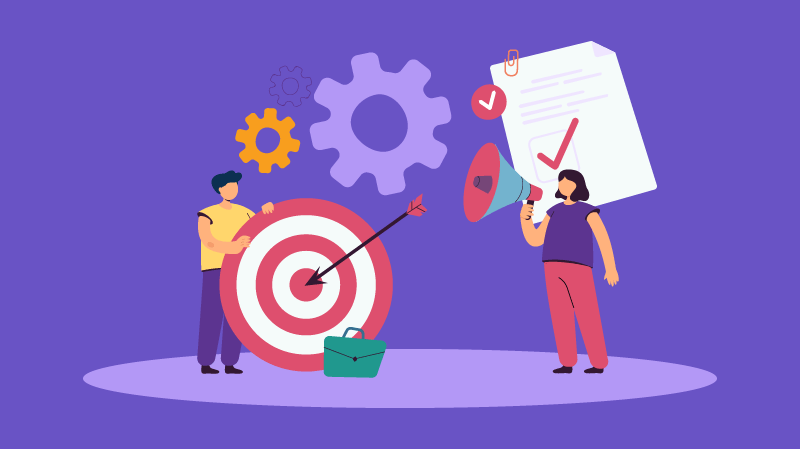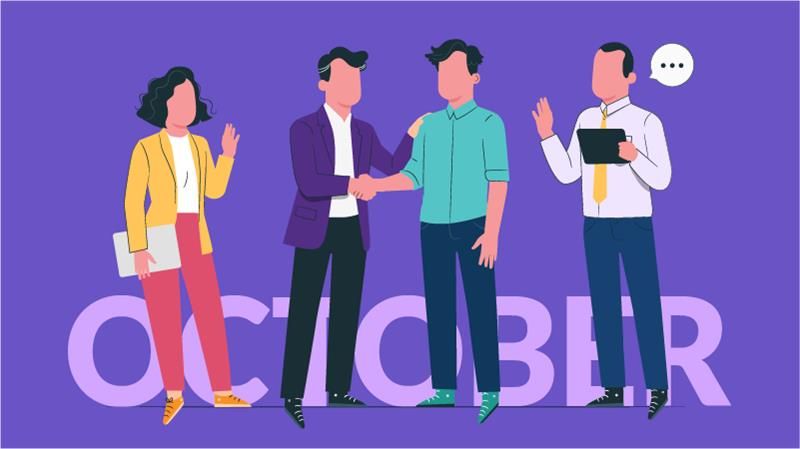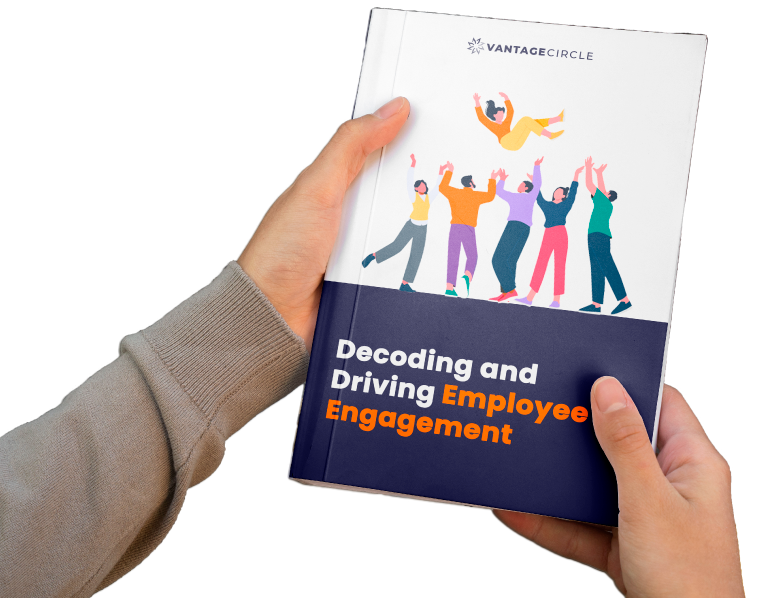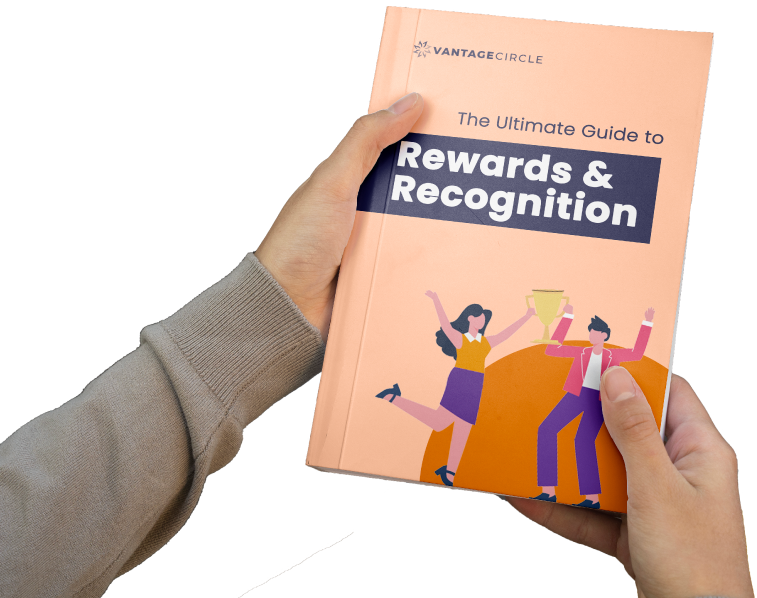What Are the Most Effective Employee Engagement Initiatives?

A Global Employee Recognition and Wellness Platform
Walk into any boardroom today and ask executives about their biggest operational challenge. Nine times out of ten, the conversation circles back to one critical issue: talent. Not finding it, not affording it—but keeping it engaged long enough to drive meaningful business outcomes.
Here’s what most leaders miss: while they’re fixated on market share and quarterly earnings, they’re grappling with a $1.9 trillion engagement deficit quietly draining their organizations. Gallup’s analysis of 2.7 million employees reveals a shocking figure that 79% of the workforce is disengaged!
These companies aren’t just keeping employees—they’re outpacing their competitors. Employee engagement isn’t a “soft” HR program; it’s a way to boost performance and business results.
The best organizations treat engagement the same way they would engineer a high-performance business system: with data-driven design, measurable outcomes, and tight alignment to strategic objectives. They don’t rely on surface-level perks. They build ecosystems of recognition, purpose, growth, and trust that fuel both people and profits.
In this article, we’ll unpack the most effective employee engagement initiatives making that difference—strategies that executives can no longer afford to overlook.
Key Takeaways
- Why Should a Company Invest in Employee Engagement Initiatives?
- What Are Some Tested Examples of Employee Engagement Initiatives?
- How Do Specific Initiatives Impact Business Goals like DE&I and Retention?
Why Should a Company Invest in Employee Engagement Initiatives?

Here’s a reality that rarely makes it into board discussions: disengaged employees are quietly one of the costliest liabilities on your balance sheet. Gallup estimates that actively disengaged employees cost the global economy $8.8 trillion in lost productivity each year—equivalent to 9% of global GDP.
When engagement is low, companies face higher absenteeism, sluggish innovation, and higher turnover rates. Employee turnover carries a steep price tag, with replacement costs ranging from 50% to 200% of annual salary per role.(SHRM). When disengagement spreads across a workforce, the costs add up quickly. But the return on employee engagement is just as clear. Companies with engaged employees see:
23% higher profitability
81% lower absenteeism
18% higher productivity
Up to 43% lower turnover in high-turnover industries
Source- Gallup ,2024
Executives are increasingly realizing that engagement isn’t about handing out perks or occasional rewards. It’s about building a workforce that is aligned, resilient, and motivated to push the business forward. Organizations like Microsoft, Salesforce, and Cisco have demonstrated this—integrating engagement into leadership practices, recognition systems, and cultural rituals—and the payoff shows up not just in employee satisfaction\ scores, but in market-leading performance and long-term growth.
In short, employee engagement is no longer optional. It’s a business growth lever that separates market leaders from everyone else.
What Are Some Tested Examples of Employee Engagement Initiatives?

Let’s shift gears from why engagement matters to how organizations are successfully making it happen. Below are some of the most high impact employee engagement initiatives, backed by research and real-world results.
1. Recognition and Reward Initiatives to Elevate Spirit
Picture this: an employee goes above and beyond on a project, but their effort vanishes into silence. Over time, motivation drops. Now flip the scenario—what if that effort was recognized instantly, shared publicly, and rewarded meaningfully? That’s the difference recognition makes.
Recognition and reward initiatives remain one of the most powerful drivers of engagement. A Great Place to Work® survey found that when employees feel recognized, they are 4.6 times more likely to be engaged at work.
Effective recognition goes beyond annual awards. It includes:
-
peer-to-peer recognition platforms that democratize appreciation
-
Spot awards tied to company values

-
Symbolic recognition artifacts (trophies, digital badges, certificates) that reinforce culture
-
Monetary and non-monetary rewards with flexible redemption options
The key is consistency. Recognition must be timely, genuine, and aligned with business objectives—not treated as an afterthought.
2. HR Initiatives for Employee Engagement in Career Development
Organizations like Accenture and Salesforce treat career growth as a core engagement strategy—ensuring their workforce is continuously evolving in sync with business needs. This isn’t about perks; it’s about building a resilient talent pipeline that aligns directly with long-term business performance.
Career development is one of the most effective HR initiatives for employee engagement because employees don’t just want compensation—they want opportunity. LinkedIn research underscores this: 94% of employees say they would stay longer if their employer invested in learning and growth.
High-impact approaches include:
-
**Mentorship at scale **– connecting emerging talent with senior leaders.
-
Targeted learning pathways – technical upskilling and leadership readiness programs.
-
Internal mobility platforms – making advancement opportunities transparent.
-
Succession and leadership pipelines – preparing tomorrow’s leaders today.
-
Personalized learning & development plans
-
Upskilling opportunities in high-demand areas like AI, digital tools, and leadership
3. Health & Wellness Initiatives (Physical & Mental Health)
Engagement falls apart if well-being is ignored. Burnout, stress, and poor health drain productivity. The World Health Organization estimates depression and anxiety cost the global economy **$1 trillion a year in lost output. **
That’s why companies are focusing on wellness initiatives such as:
-
Mental health benefits (therapy access, Employee Assistance Programs, stress management workshops)
-
Physical wellness programs (on-site gyms, fitness subsidies, step challenges)
-
Flexible schedules to reduce burnout
-
Proactive check-ins to monitor employee well-being
When employees feel their organization genuinely cares about their health, they reciprocate with loyalty and higher engagement.
4. Initiatives to Improve Employee Engagement Through Work-Life Balance
The reality is simple, when people feel like they have to be “always on,” burnout follows. And with burnout comes disengagement and fewer new ideas. That’s why balance has to be built into any serious engagement effort.
Some practical ways companies are doing this:
-
Flexible work options—remote, hybrid, or flexible hours
-
Setting boundaries—like no late-night emails
-
Family support—childcare assistance or parental leave
-
Recharge time—mental health days or meeting-free Fridays
5. Social Connection & Community Building Initiatives
One of the top strategies for using social connection initiatives to improve employee engagement is to create structured opportunities for employees to build genuine relationships. Why? Because engagement isn’t only about tasks—it’s about belonging. Gallup research consistently shows that employees who report having a “best friend at work” are more engaged, more productive, and less likely to leave
Forward-looking companies are investing in:
-
Affinity and employee resource groups (ERGs): spaces where employees connect over shared interests, identities, or goals.
-
Team rituals and traditions: from weekly stand-ups to milestone celebrations that reinforce collective identity.
-
Community impact projects: volunteering and CSR initiatives that allow employees to connect while contributing to a larger purpose.
-
Cross-functional collaboration programs: opportunities for people outside of their usual teams to work together on strategic initiatives.
In fact, BetterUp research found that employees with strong workplace relationships are 12x more likely to be engaged
Deliberate opportunities for authentic connection reinforce trust, loyalty, and collective purpose—the cornerstones of sustainable engagement.
6. Employee Engagement in CSR (Corporate Social Responsibility) Initiatives
Modern employees—especially Gen Zand Millennials—want their work to matter beyond profits. That’s why employee engagement in CSR initiatives has become a strategic lever for companies seeking to connect purpose with performance.
Deloitte reports that 70% of Gen Z employees say a company’s commitment to social causes influences where they choose to work. Employees who feel aligned with their company’s values are not just more engaged—they’re more likely to advocate for the brand.
Examples of impactful CSR-driven engagement include:
-
Paid volunteer days that let employees contribute to community causes
-
Matching donation programs where companies double employee charitable giving
-
Sustainability initiatives (carbon reduction, recycling, green offices) that employees can actively support
-
Cause-based hackathons where teams innovate solutions for nonprofits
These initiatives don’t just build goodwill—they weave purpose into the employee experience, creating pride and a deeper emotional bond with the organization.
7. New & Innovative Employee Engagement Ideas for the Modern Workforce
The way we work is changing fast—and so must our engagement playbook. Traditional engagement strategies still matter, but new initiatives for employee engagement are emerging to meet the expectations of a digital-first, multi-generational workforce.
Here are some forward-looking employee engagement initiatives ideas:
AI-powered recognition platforms that deliver personalized, real-time appreciation

(Source: Vantage Recognition)
Gamified learning experiences that make upskilling fun and continuous
“Flex benefit wallets” where employees choose perks that actually fit their lives—whether that’s wellness apps, childcare, or professional courses
Virtual reality team-building for hybrid and remote teams craving immersive connection
Employee-led innovation labs where staff pitch and prototype ideas with direct executive sponsorship
These fresh approaches do more than check engagement boxes—they future-proof culture by showing employees that the company is evolving with them, not lagging behind.
How Do Specific Initiatives Impact Business Goals like DE&I and Retention?

When executed thoughtfully, they become one of the most powerful retention tools an organization can deploy. Let’s break down how these targeted initiatives generate outcomes executives care about.
How DE&I Initiatives Impact Employee Engagement and Turnover
Executives often ask, how do DE&I initiatives impact employee engagement and turnover? The evidence is clear—diverse and inclusive workplaces are more engaged and resilient. McKinsey’s 2023 report found that companies in the top quartile for gender diversity on executive teams were 39% more likely to financially outperform their peers.
When DE&I is done right, it:
-
Boosts engagement: Employees who feel included are 3.5x more likely to be engaged (Deloitte).
-
Reduces turnover: A sense of belonging can decrease turnover risk by 50%.
-
Strengthens reputation: Inclusive companies attract a wider talent pool, easing hiring challenges.
DE&I isn’t just a compliance checkbox—it’s a culture driver that directly impacts employee retention and market performance.
Why Leadership Development Initiatives Deeply Influence Employee Engagement
Leadership development initiatives influence employee engagement because employees don’t leave companies—they leave managers. Gallup data shows that 70% of team engagement is determined by the manager. Strong leadership cascades into stronger teams.
Effective leadership development initiatives:
-
Equip managers to coach, not just supervise
-
Create future-ready leaders with adaptability and emotional intelligence
-
Signal investment in people, which boosts loyalty and morale
Companies that invest in leadership pipelines enjoy 2.4x higher employee engagement and dramatically lower attrition. The logic is simple: when leaders grow, teams thrive.
Top Engagement Strategies for Mental Health in Tech Companies
The tech industry faces a unique challenge—fast-paced work, high cognitive demands, and blurred work-life boundaries. It’s no surprise that mental health issues are prevalent in tech compared to other sectors this makes well-being an urgent business priority.
So, what are the top employee engagement strategies for mental health initiatives in tech companies?
-
Always-on support: 24/7 access to mental health resources, therapy apps, and crisis hotlines.
-
Phygital Recognition that blend digital and physical touchpoints to make every employee feel valued
-
Psychological safety: Training leaders to shape workplace environments where employees can speak up without fear.
-
Burnout prevention: Enforcing recharge days, balanced workloads, and meeting-free zones.
-
Peer support networks: Employee-led groups focused on mental wellness and resilience.
-
Data-driven monitoring: Using pulse surveys to detect early signs of stress and intervene proactively.
These strategies not only improve well-being but also drive retention—because employees are far more likely to stay in workplaces that protect their mental health.
FAQs :What Else Do People Ask About Employee Engagement Initiatives?

When executives and HR leaders begin exploring engagement, the same questions tend to surface. Here are some of the most common ones, answered with practical insights:
What are some good examples of employee engagement initiatives?
Strong employee engagement initiatives examples include recognition programs, career development pathways, wellness offerings, and flexible work arrangements. The key is choosing initiatives that feel authentic to your culture rather than applying a one-size-fits-all template.
How do you create effective initiatives to improve employee engagement?
Effective initiatives start with data. Leaders should analyze engagement surveys, turnover patterns, and productivity metrics to identify where the gaps are. From there, initiatives should be designed around three principles:
Relevance — Aligned with what employees actually value.
Scalability — Sustainable and consistent across teams.
Measurement — Outcomes tied directly to business metrics like retention or customer satisfaction.
Without these, even well-intentioned programs risk becoming “check-the-box” exercises.
What are the best HR initiatives for employee engagement?
The best HR initiatives for employee engagement focus on career growth, continuous feedback, and inclusion. This could mean structured mentorship programs, leadership pipelines, learning and development budgets, or transparent promotion criteria. HR’s role is to act as both architect and enabler—ensuring engagement initiatives aren’t just programs but integrated systems that connect talent strategy with business outcomes.

















